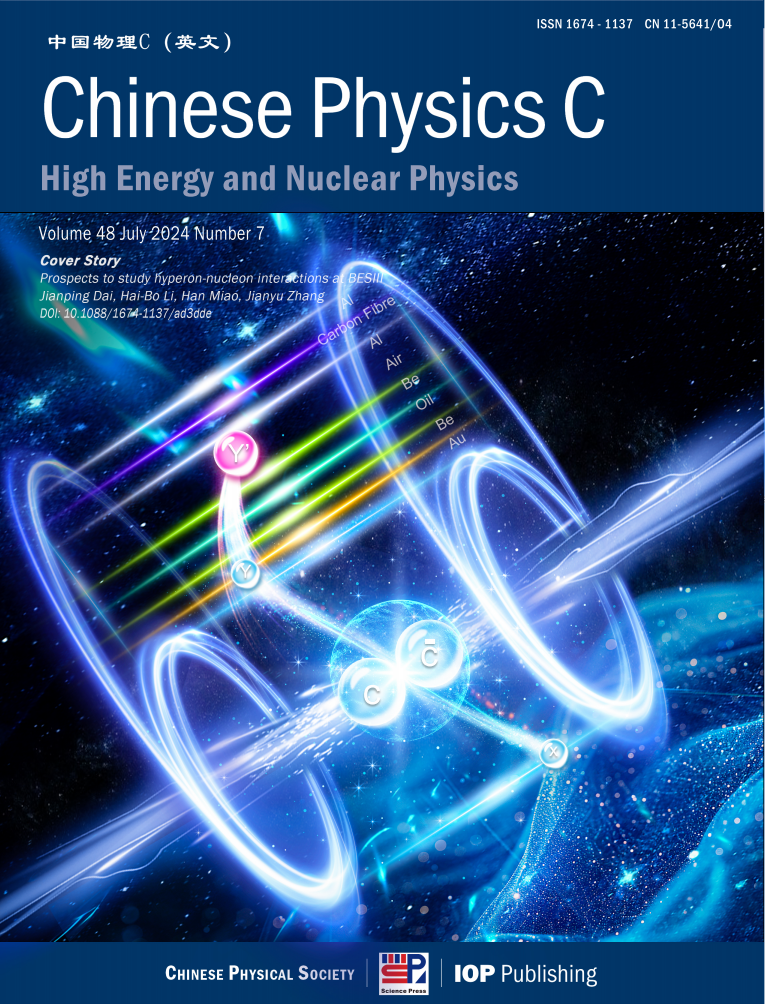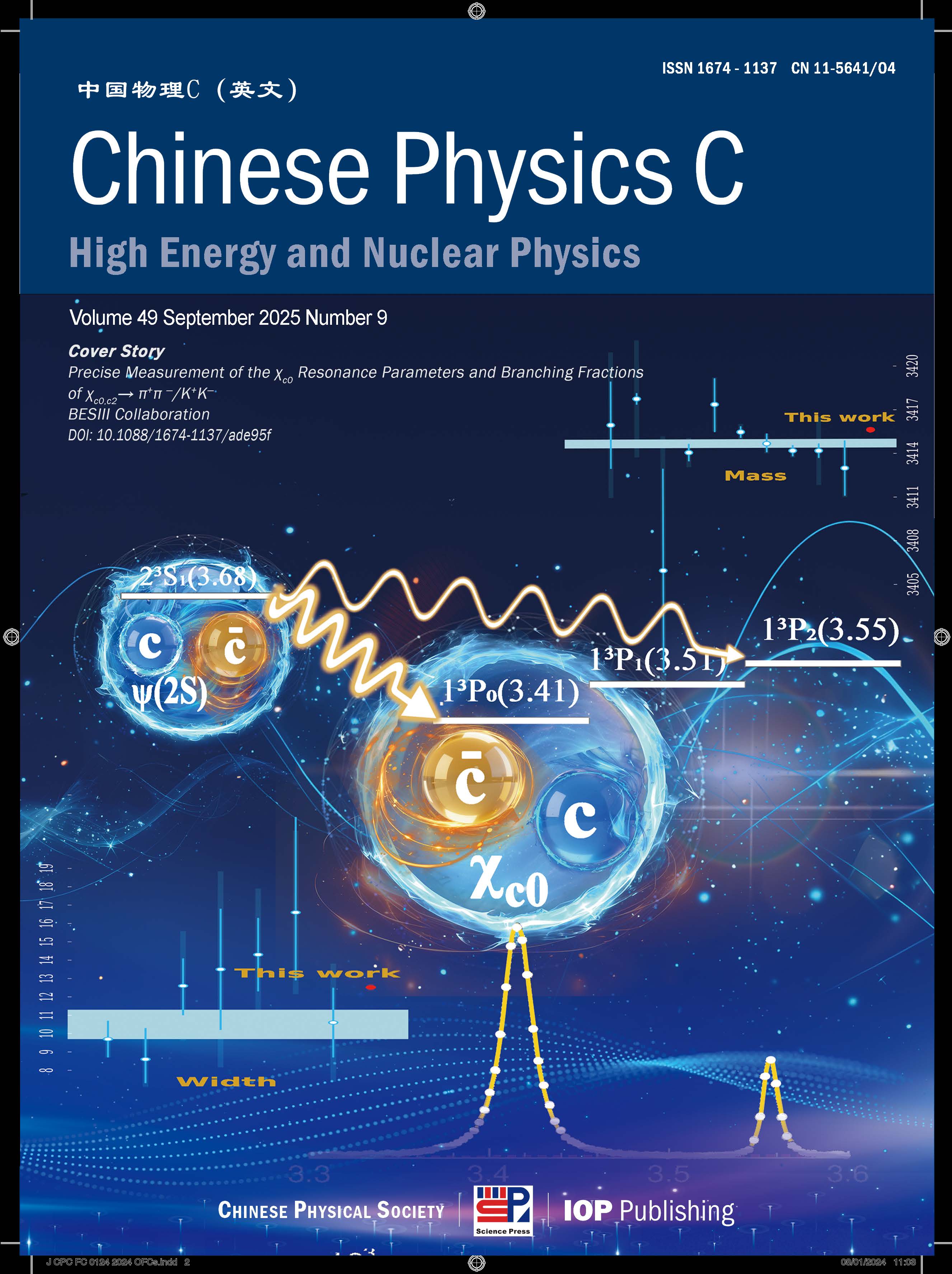Cover Story(Issue 7, 2024) | Unveiling the Mysteries of Hyperon Interactions: Insights from BESIII
Author: Catalina Oana Curceanu (National Laboratories of Frascati of the INFN, Italy)
Hyperons are particlesmade of three quarks, similar to protons and neutrons. However, unlike protonsand neutrons, which contain only "up" and "down" quarks,hyperons contain at least one "strange" quark from the second familyof the Standard Model of particle physics. The study of hyperon-nucleus andhyperon-nucleon interactions holds significant promise for advancing ourunderstanding of the strong interaction, with implications ranging fromparticle and nuclear physics to the internal structure of neutron stars.
In a recent paper [1], Jianping Dai, Hai-Bo Li, Han Miao, and Jianyu Zhang meticulously analyze theprospects of such studies at BESIII and similar colliders, leveraging the vastquantities of hyperons produced by decays of charmonia (particles containingthe “charm” quark, which are intensively studied at BESIII). By measuring crosssections of elastic and inelastic hyperon-nucleus reactions throughinteractions within the dense matter of the BESIII detector, and extractingcorresponding hyperon-nucleon cross sections via phenomenological calculations,this research provides a very promising approach to probing these fundamentalinteractions at a new precision level.
The proposed methodenables a series of new measurements of hyperon-nucleus and antihyperoninteractions, which have been historically challenging due, basically, to theunstable nature of hyperons. This paper not only addresses these challenges butalso highlights the potential of using antihyperons to study scattering andannihilation processes, offering new insights into the strong interaction andthe origin of color confinement, a trademark of the strong interaction. Theresults will significantly contribute to the development of a unified model forbaryon-baryon interactions and enhance our understanding of the properties ofhyperons in dense matter, crucial for studying the internal structure ofneutron stars.
Furthermore, the paperdiscusses the promising prospects of corresponding studies at the future SuperTau-Charm Factory (STCF). With its higher luminosity and improved experimentalcapabilities, STCF will provide even more precise measurements, facilitatingthe resolution of the "hyperon puzzle" in neutron stars (are therehyperons in neutron stars? are there stable forms of strange matter there?) andadvancing research on the equation of state of nuclear matter in extremeconditions.
In conclusion, thispublication represents a significant advancement in both particle and nuclearphysics, paving the way for future research with more precise probes of hyperoninteractions. This study offers essential constraints for theoretical models,marking a major step forward in understanding the fundamental forces governingour universe.
[1] Jianping Dai, Hai-Bo Li, Han Miao, Jianyu Zhan, Chinese Physics C, 48, 7 (2024) 073003














